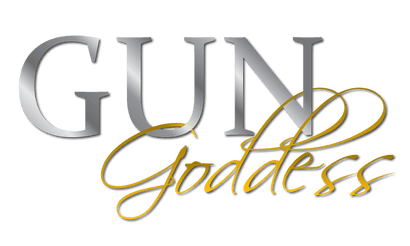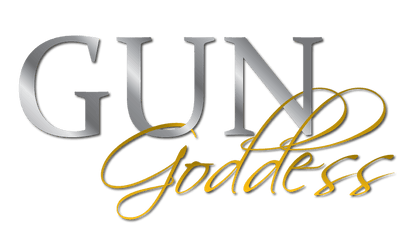Orders Over $100 Ship FREE (USA)!
Orders Over $100 Ship FREE (USA)!
CONCEALED CARRY
(Apparel with holster pockets or concealed-carry features)
PARTS & GEAR
RANGE STYLE
Gift shopping & not sure about size or style? Give a gift card instead!
GIFT IDEAS
EXPLORE
BFCM Sale 20% Off every item! EXTENDED
Black Friday & Cyber Monday EXTENDED: Indulge in Luxury, Pay Less.
Understanding Handgun Terminology: A Beginner's Guide
4 min read
When you first dive into the world of firearms, you're going to encounter a barrage of unfamiliar terms and jargon that can be overwhelming at times. With so many terms out there, where do you start?
We know it can be confusing, so we put together a guide to help you get the basics down. Whether you're a new handgun owner or just looking to enhance your knowledge, this article will give you a better understanding of handgun terminology.
Key Firearm Terms
These terms include the essential parts and characteristics that make up a handgun. By knowing these key components and features, you'll have a better understanding of how your firearm functions.
Barrel: The tube-shaped part of a gun (normally made of metal) where a bullet travels after being fired.
Slide: The top part of a semi-automatic pistol that moves rearward when the gun is fired, ejecting the spent casing and chambering a new round.
Trigger: The lever a shooter pulls to discharge a firearm.
Hammer: A part of a firearm that strikes the firing pin which then strikes the primer, causing the gun to fire.
Cylinder: The rotating part of a revolver that contains the chambers for ammunition.
Grip: The portion of the handgun that the shooter holds.
Magazine: A container that holds additional cartridges in a semi-automatic handgun. This can be detached and reloaded.
Sights: Devices located on the top of the gun used to align the firearm with the target to ensure accuracy.
Safety: A mechanism that locks the trigger to prevent accidental discharge.
Ejector: The mechanism that removes the spent shell casing from the firearm after it has been fired.
Chamber: The portion of a firearm that houses the cartridge ready for firing.
Frame: The central part of the gun that houses the working parts and to which the barrel and handle are attached.
Muzzle: The end of the barrel. This is where a bullet exits a firearm.
Extractor: The part that removes a spent cartridge casing from the chamber after firing.
Ammunition Basics
For safety's sake, you need to be familiar with basic ammunition terms. Buying the wrong ammo can do damage to your gun (or worse), so you need to make sure you are at least familiar with these basic terms.
Bullet: The projectile expelled from the barrel of a gun when the firearm is discharged.
Cartridge: Also known as a "round," this is a complete unit of ammunition consisting of the bullet, casing, powder, and primer.
Caliber: A measurement of the diameter of the bullet or internal diameter of a gun barrel. Common handgun calibers include .22, .380, .45, and 9mm.
Casing: The container that holds all other components of the ammunition. It's typically made of brass, steel, or aluminum.
Primer: A small, sensitive compound that ignites the gunpowder when struck by the firing pin.
Gunpowder: The explosive material that ignites when the primer is struck, creating gas pressure that propels the bullet.
Grain: A unit of weight measurement for bullets and gunpowder.
Full Metal Jacket (FMJ): A type of bullet with a soft lead core surrounded by a harder metal shell, typically used for target shooting.
Hollow Point: A type of bullet that expands upon hitting a target to cause more damage. Commonly used for self-defense.
Jacket: The outer casing of a bullet, usually made from copper or a similar material.
Rimfire: A type of ammunition where the primer is located in the rim of the casing. Common in .22 caliber ammunition.
Centerfire: Ammunition where the primer is located in the center of the cartridge case head. Most modern firearms use centerfire ammunition.
Magnum: A term used to describe ammunition that has a larger case or is more powerful than standard cartridges of the same caliber.
Shotshell: A round of ammunition containing multiple small projectiles, typically used in shotguns but also available for some handguns.
Reload: The act of filling a firearm's magazine or cylinder with more ammunition.
Terms You'll Hear On the Range
It's common to hear a lot of different gun-related terms when you're shooting at an indoor or outdoor range. If you're not familiar with those terms, you may not have the best shooting experience, and you could inadvertently cause a safety issue.
Cease Fire: A command given, often shouted, to immediately stop shooting for safety reasons.
Down Range: The direction in which the firearms at the shooting line are pointed, typically where the targets are placed.
Firing Line: The line shooters stand behind when firing their weapons at a range.
Hot Range: A term used to indicate that live firing is taking place.
Cold Range: A term indicating no live firing is currently taking place, and it's safe to go down range.
Double Tap: Firing two shots in rapid succession.
Rapid Fire: Firing rounds in quick succession.
Grouping: The pattern of shot impacts from multiple rounds on a target. A tight grouping is closer together, showing good consistency.
Jam: A malfunction that prevents a firearm from firing, often due to a problem feeding ammunition.
Misfire: When a round of ammunition doesn't fire after the trigger is pulled.
Range Officer (RO): An individual tasked with enforcing safety rules and overseeing shooting activities at a range.
Squib Load: A malfunction where a fired bullet doesn't have enough force to exit the barrel, causing a dangerous blockage.
Zeroing: The process of adjusting a firearm's sights so the point of aim matches the point of impact at a specific distance.
Ricochet: A bullet or other projectile that bounces off a surface
Remember, these are simplified definitions to provide a brief understanding of the terms. It's important to do your own research to make sure you have a solid understanding.
Also in Getting Started: How Guns and Ammunition Work
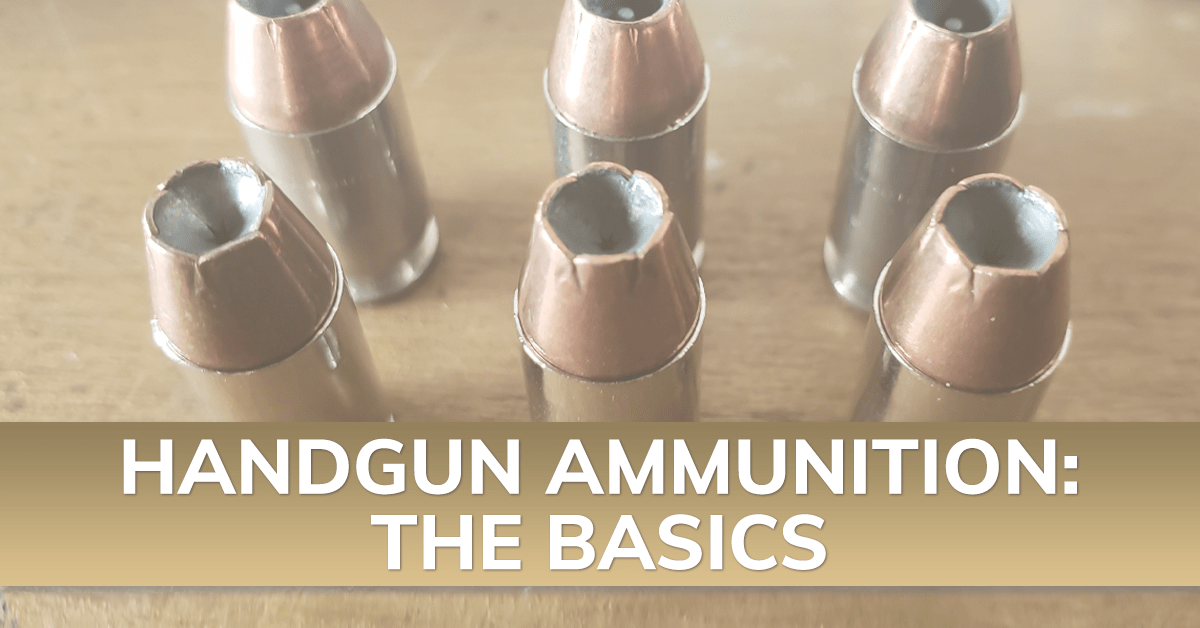
Handgun Ammunition: The Basics
4 min read
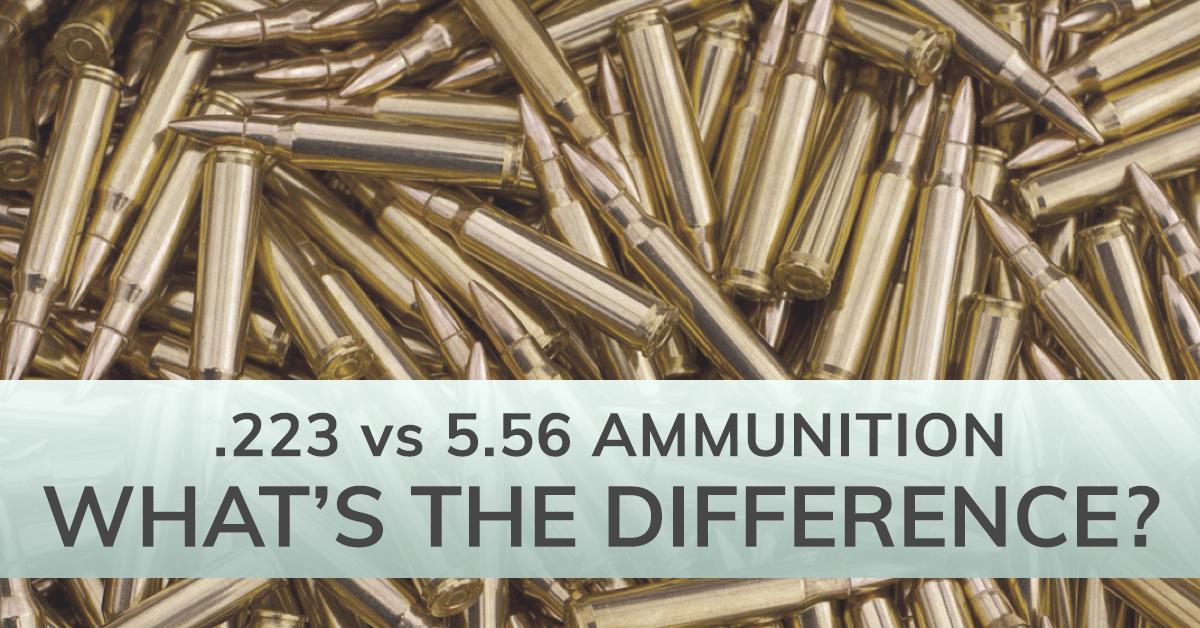
.223 vs. 5.56 Ammunition - What's the Difference?
3 min read
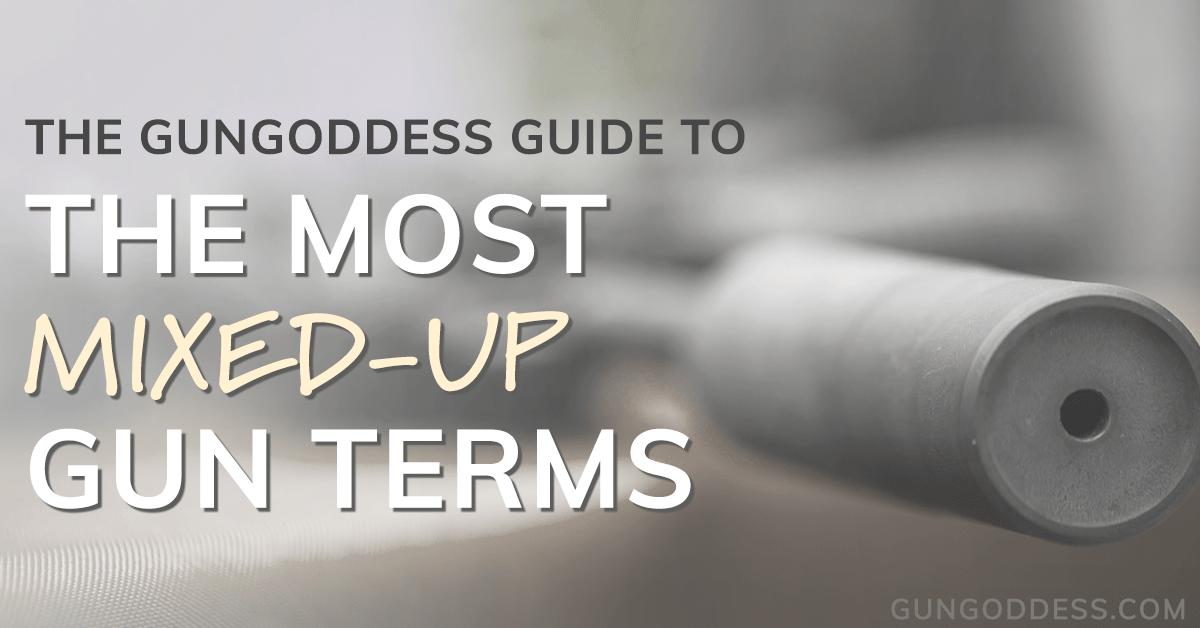
The GunGoddess Guide to The Most Mixed-Up Gun Terms
3 min read
